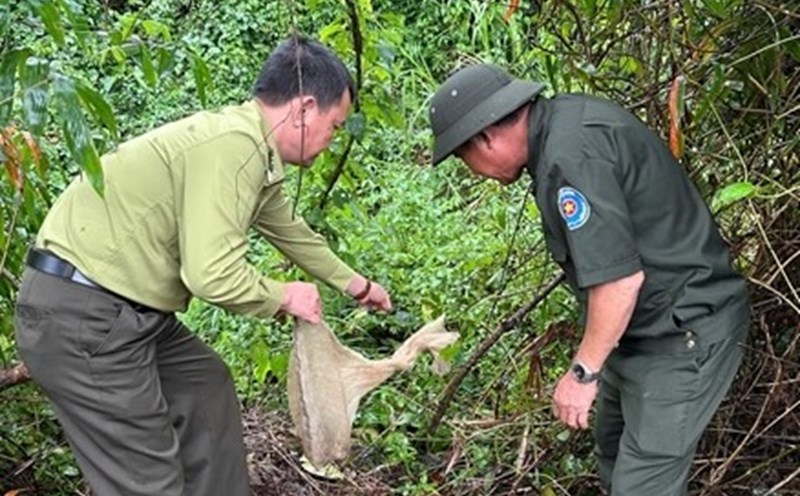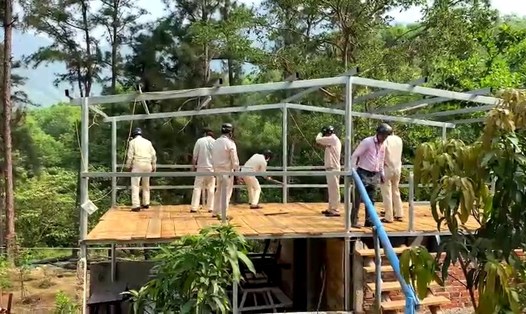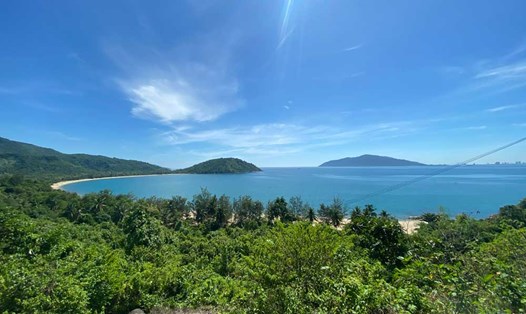In Hoa Vang, Da Nang City, the area of acacia cultivation has developed strongly in recent years. After each exploitation period, people often burn the ground cover before replanting, causing many types of microorganisms on the land to die, leading to the soil structure no longer being solid. Therefore, it is necessary to create sustainable livelihoods for for forests.
Faced with this situation, Toom Sara Village - Da Nang eco-tourism area - has reserved 70 hectares of forest land to implement the project "Forest, breathe!" is a long-term sustainable afforestation project with the aim of recreating the indigenous forest ecosystem.
The focus of the project implementation plan is on gradually replacing existing acacia forests with native trees, helping to restore biodiversity of native primeval forests, improve soil quality, protect water resources and minimize the impact of climate change.
In fact, burning the ground cover after planting acacia by the people does not bring many economic benefits, even causing long-term damage such as loss of biodiversity, reducing the natural and cultural values of the forest. accompanied by global climate change, soil erosion caused by acacia cultivation is one of the main causes of increasingly serious flood disasters when forests cannot hold on to floods.
Therefore, it is extremely necessary to strengthen and promote the regeneration and restoration of native forests. With an area of forest land of more than 75 hectares in Phu Tuc, Hoa Vang, Toom Sara Village wants to reserve 70 hectares, or 93% of the land fund, to replace acacia forests.
Then, local forest trees such as gourd trees and other small trees growing under the forest canopy such as medicinal plants and pennywort were planted to cover the forest land to the maximum green.
The project "Forest, breathe!" will run through 4 parts. The project's destination is to bring forest tourism products and develop "Forest Planting Day" products for tourists and businesses to join hands to green the forests. Thereby creating sustainable livelihoods, creating a sustainable forestry economic model for people, helping them gradually transform from acacia economy to developing forestry economy - orienting economic exploitation under the forest canopy.











